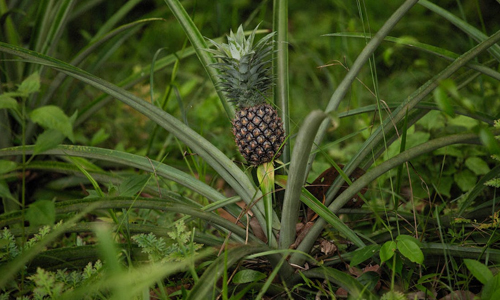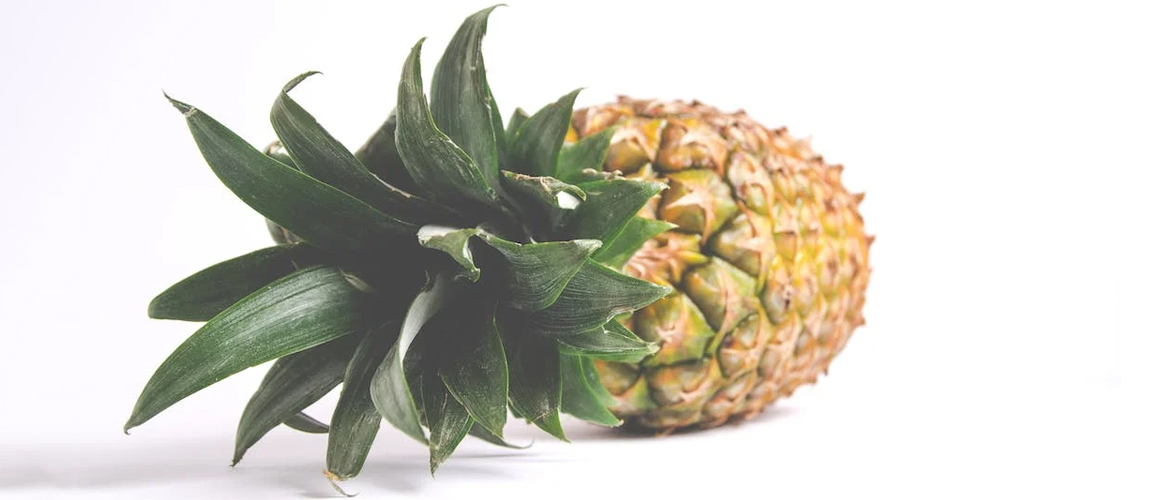Fashion has evolved into a new world, damaging the environment. However many brands and new brains come up with different alternatives to safeguard the global environment. According to European Parliamentary Service and the United Nations, it is said that the production of clothing and footwear industry is responsible for 10% of global greenhouse gas emissions. Continue reading to get to more about pineapple fibre clothing.
Which Is the Most Used Fabric in the Clothing Industry?
Polyester is a majorly used fabric around the world. The fabric is inexpensive and does not crease. The Council of Fashion Designers of America says the most widely-used fabric is polyester which acts as a synthetic material made from plastics (highly water and air-polluting). During the laundry process, it releases tiny fibres known as microplastics, which can be harmful to marine life.
Pineapple Fibre Clothing
The fashion industry is looking for other alternatives but they feel that no raw material is available as cheap as polyester. However, there are well-known brands that found different alternatives to introduce in the clothing industry like pineapple leaves.
Sustainable Fashion Innovations
Pineapple leaves have indeed been gaining attention in the world of sustainable fashion as a potential eco-friendly alternative. The use of pineapple leaves in the fashion industry primarily revolves around a fibre called Piña, which is extracted from the leaves of the pineapple plant.
Carmen Hijosa, Founder and Chief Creative & Innovation Officer of Ananas Anam turns leaves into a sustainable fashion statement. The company produces Pinatex, a natural leather fibre made from pineapple leaves. This alternative is good for the environment and also for the farmers for their second stream of revenue generation.
NOTE: 480 Pineapple leaves = 1 sq mtr of Pinatex
Process of Pinatex
With the following simple and easy steps the yarn is produced.

Post-harvesting of Pineapples
The plant leaves are collected after the harvesting process and made as a bundle where long fibres are extracted using semi-automatic machines.
Drying
The collected fibres are sent for drying process either with the sources of sun or drying ovens. Then it will be sent to the purification procedure to avoid any impurities that result in soft and fluff-like material.
Mixing
The fluff-like material is mixed with corn-based polylactic acid (PLA). It undergoes a mechanical process to make Pinafelt, the base for all Pinatex collections.
Finishing
For specialised finishing the rolls of Pinafelt are sent to Spain or Italy from the Philippines. After the required processes, it turns to pineapple fibre clothing and some other materials.
Pineapple Leaf Fabric Benefits
Sustainability: Since the raw material (pineapple leaves) is a byproduct of pineapple farming, no additional resources are used to produce the fibres. This makes it an eco-friendly alternative to traditional textiles that require the cultivation of new crops.
Biodegradability: Piña fibre is biodegradable, meaning it naturally decomposes over time, reducing the environmental impact compared to synthetic fibres.
Economic Opportunity: The pineapple leaf textile industry provides economic opportunities for communities in pineapple-growing regions, as it creates new revenue streams from what was previously considered waste.
Can Pinatex Replace Leather?
This is too early to answer this question because it depends on many factors. The prices of raw materials are 3-3.5x high compared to leather. It remains unsure of a steady supply of Pinatex at a reasonable time.
Last Words
As technology and processes improve, with upscaling production, pineapple leaves may play a more significant role in the future of sustainable fashion. Hope this blog provides more information.

